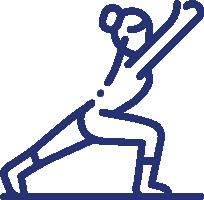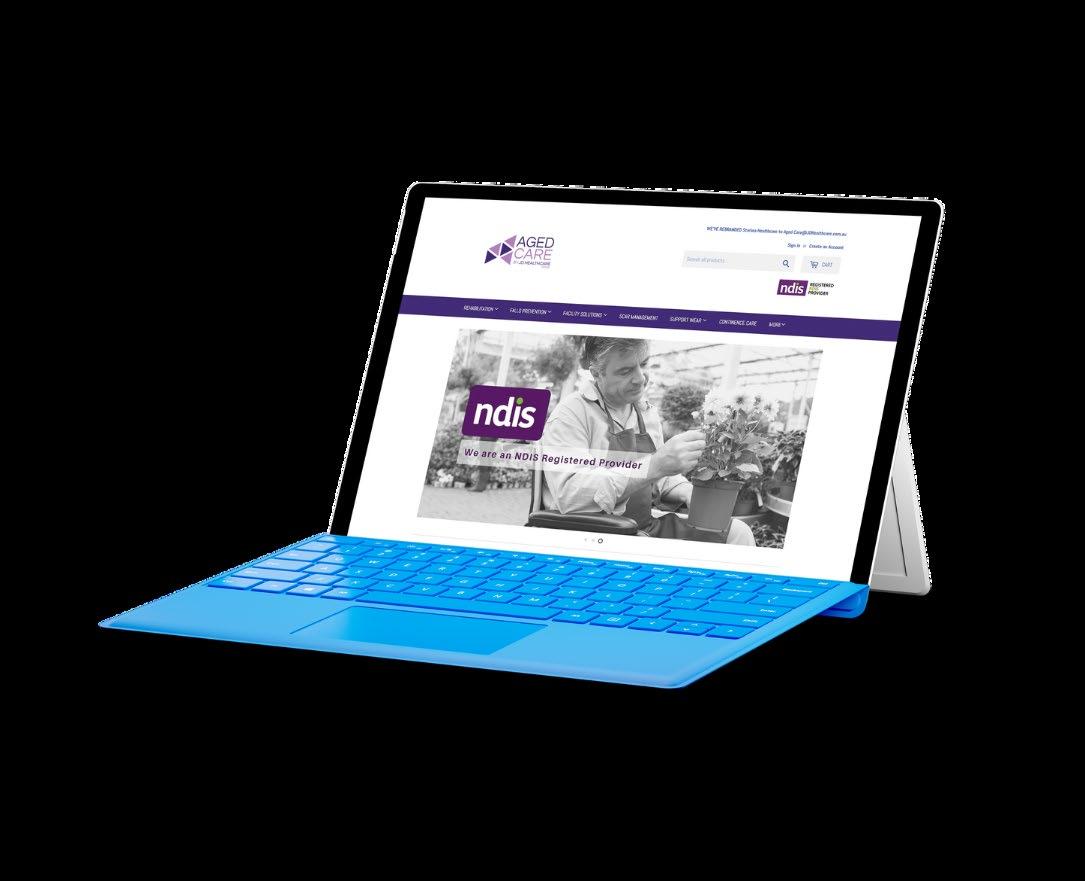
1 minute read
Preventing a fall is easier than recovering from one
Fall Prevention Strategies for Common Risk Factors
Falls, whether occurring at home or within aged care facilities, share similar risk factors that can lead to serious injuries like fractures and head trauma. Implementing a combination of strategies is essential for effective fall prevention:
Advertisement

Enhancing Mobility Through Exercise:
Regular physical activity, emphasising functional strength and balance exercises, plays a pivotal role in reducing fall risk by up to 23%*. Incorporating routines like tai chi and tailored exercises, even for those with limited mobility, aids in enhancing overall stability.

Evaluating Foot Health and Footwear:
The choice of footwear and foot health significantly impacts balance. Seeking guidance from a podiatrist to assess foot condition and opting for appropriate footwear, such as athletic shoes with proper support and non-slip features, greatly reduces fall potential.
Alleviating Dizziness Symptoms:
Addressing dizziness, which becomes more prevalent with age, is vital to prevent falls. Timely medical evaluation and management of underlying causes can mitigate this risk.
Reviewing Medication Usage:
Regular medication reviews, particularly for individuals aged 65 and above, are crucial. Awareness of potential medication interactions, side effects like dizziness, and sedative effects can effectively reduce fall-related risks.

Screening for Vision Issues: Routine vision screenings are pivotal in identifying visual changes related to aging. Various eye conditions, such as glaucoma and macular degeneration, necessitate tailored fall prevention measures to ensure safety.

Assessing Living Conditions: Modifying living spaces significantly impacts fall risks. Strategies like improving lighting, providing assistive devices, installing secure handrails, rearranging furniture, and addressing wet surfaces greatly reduce hazards.


